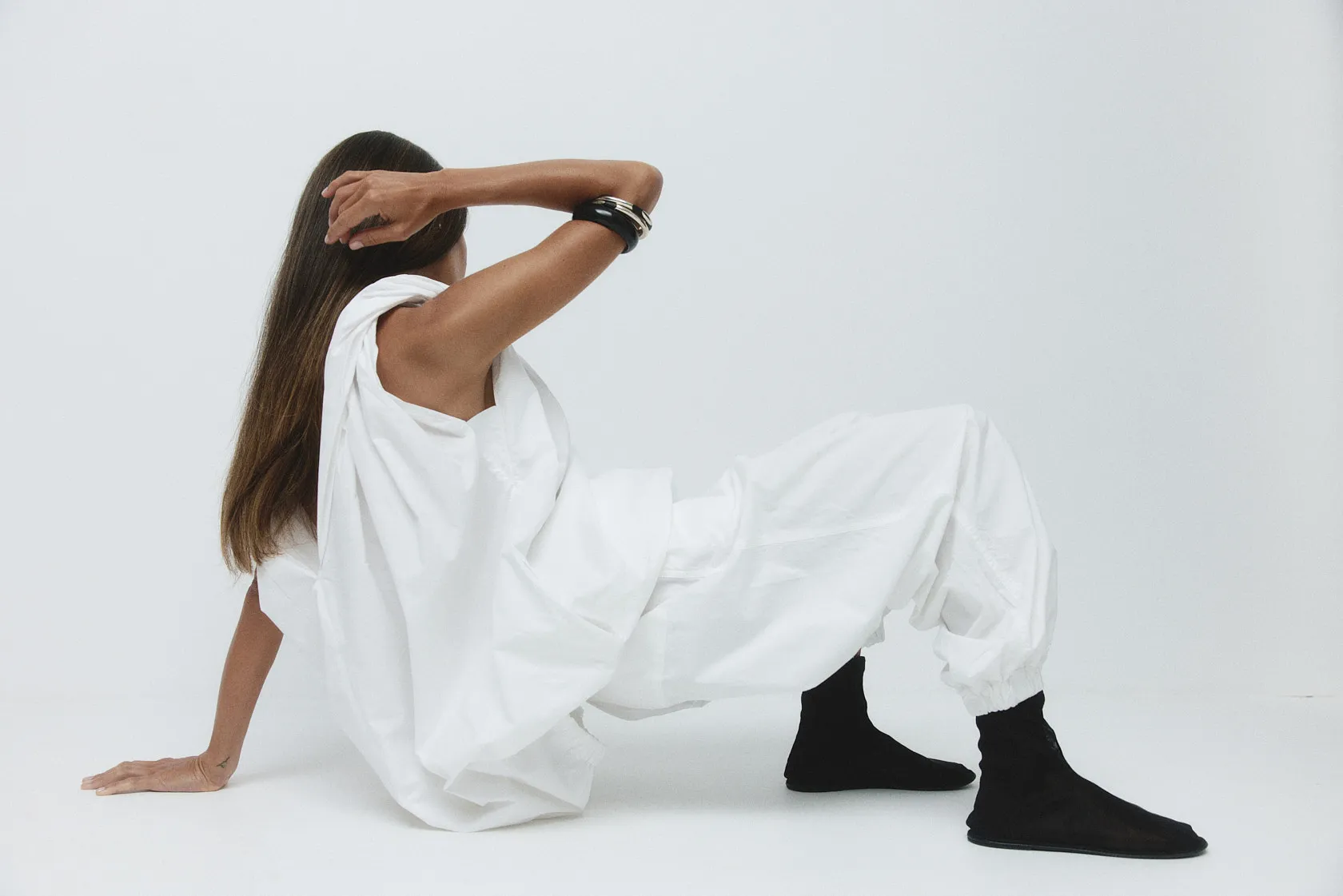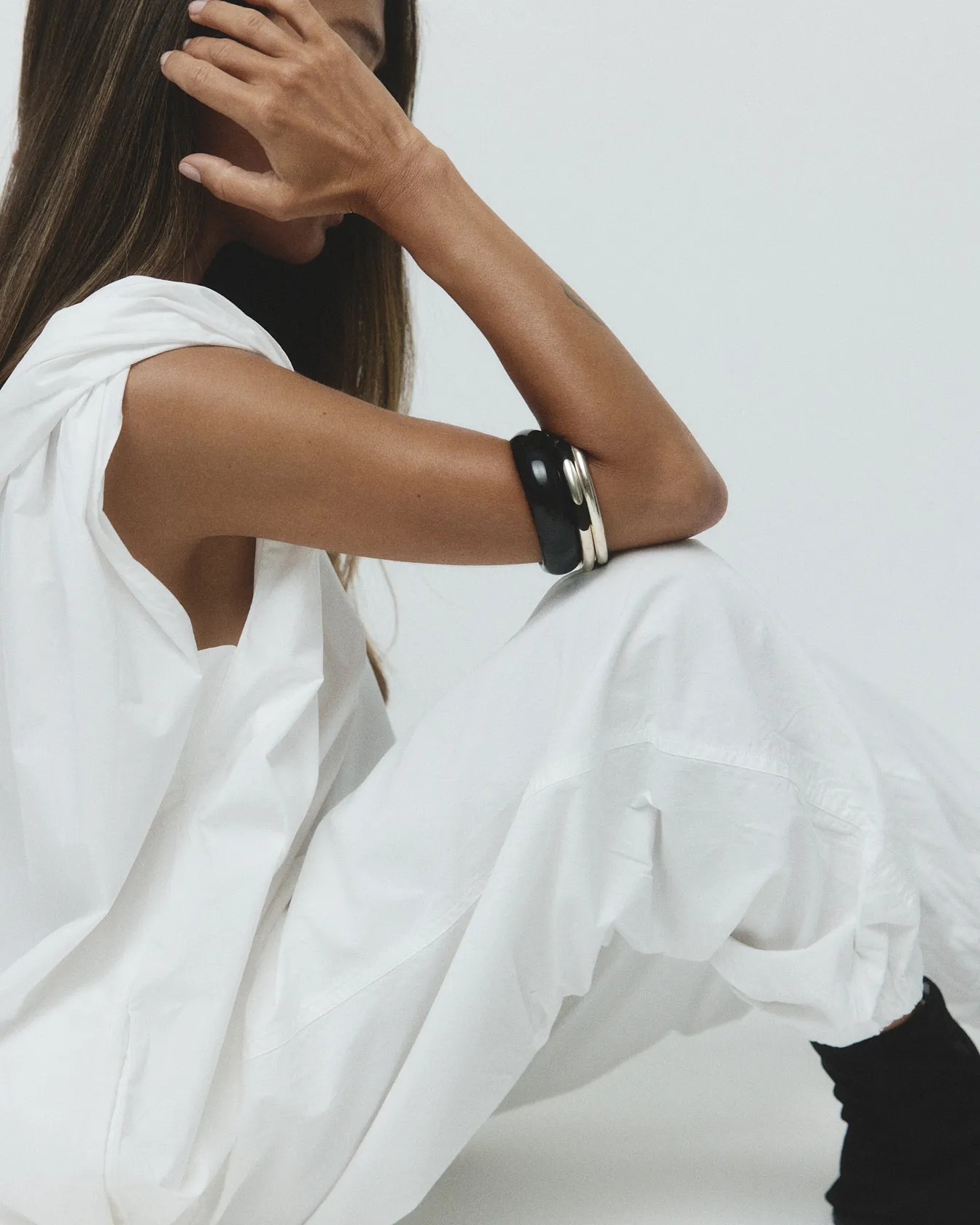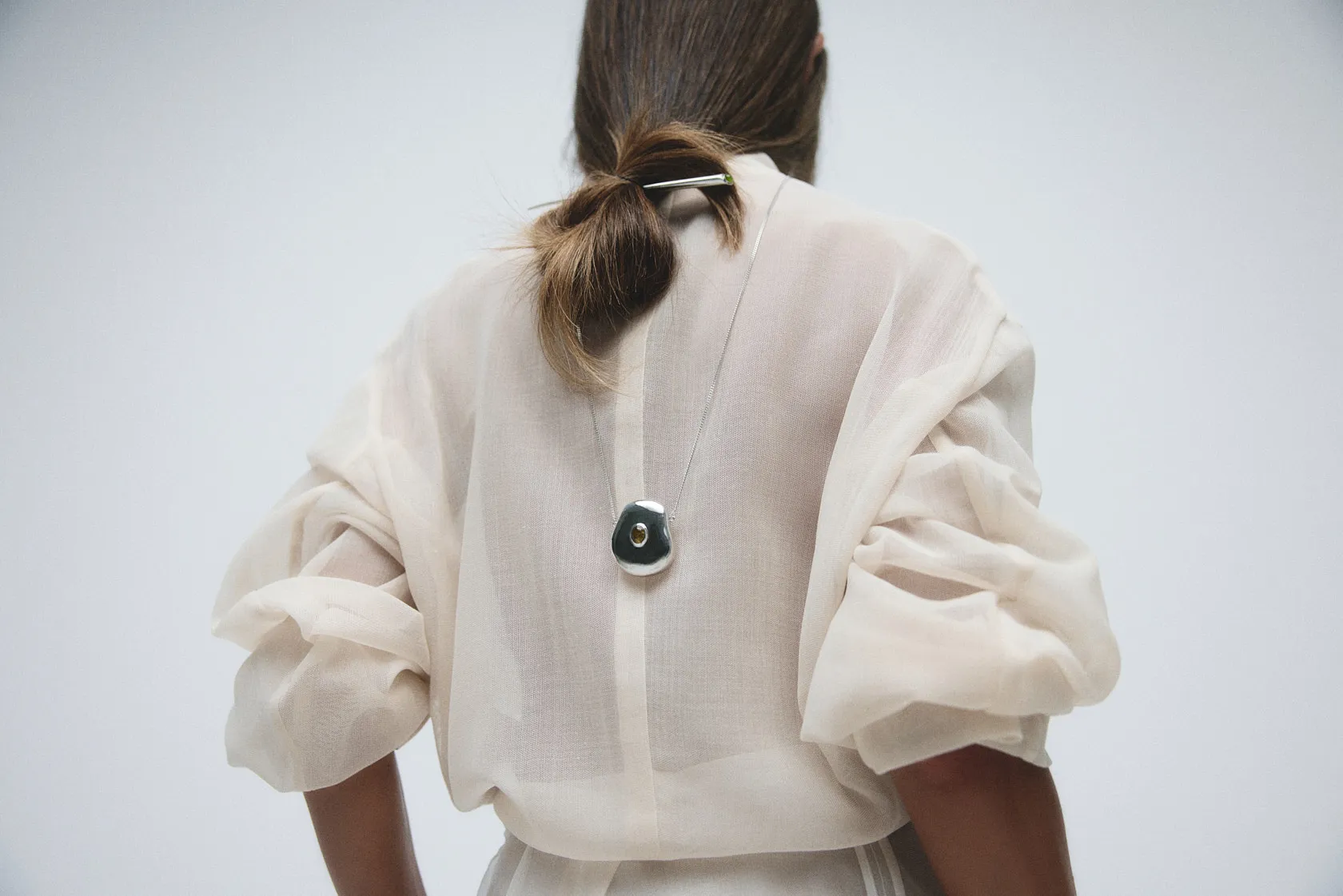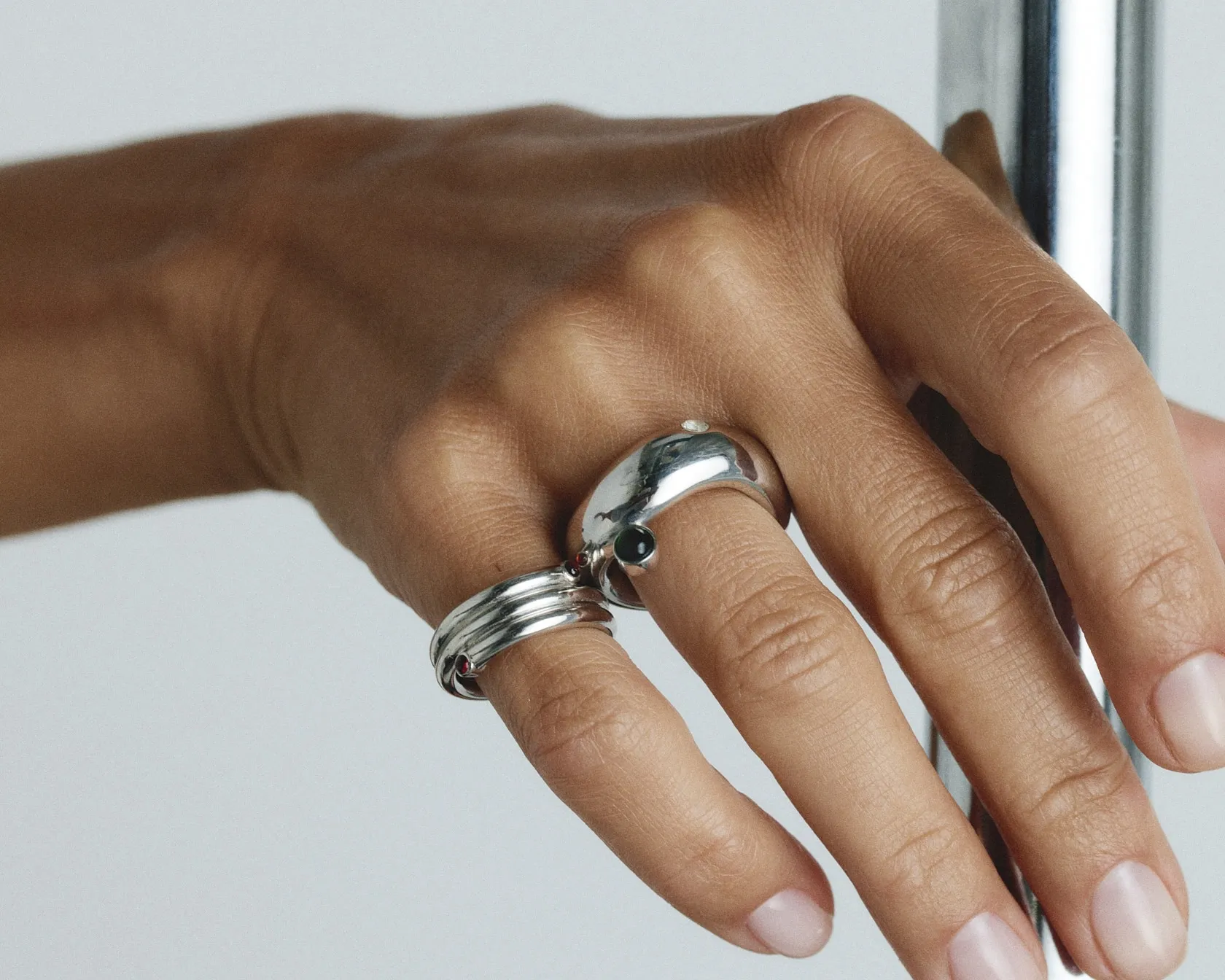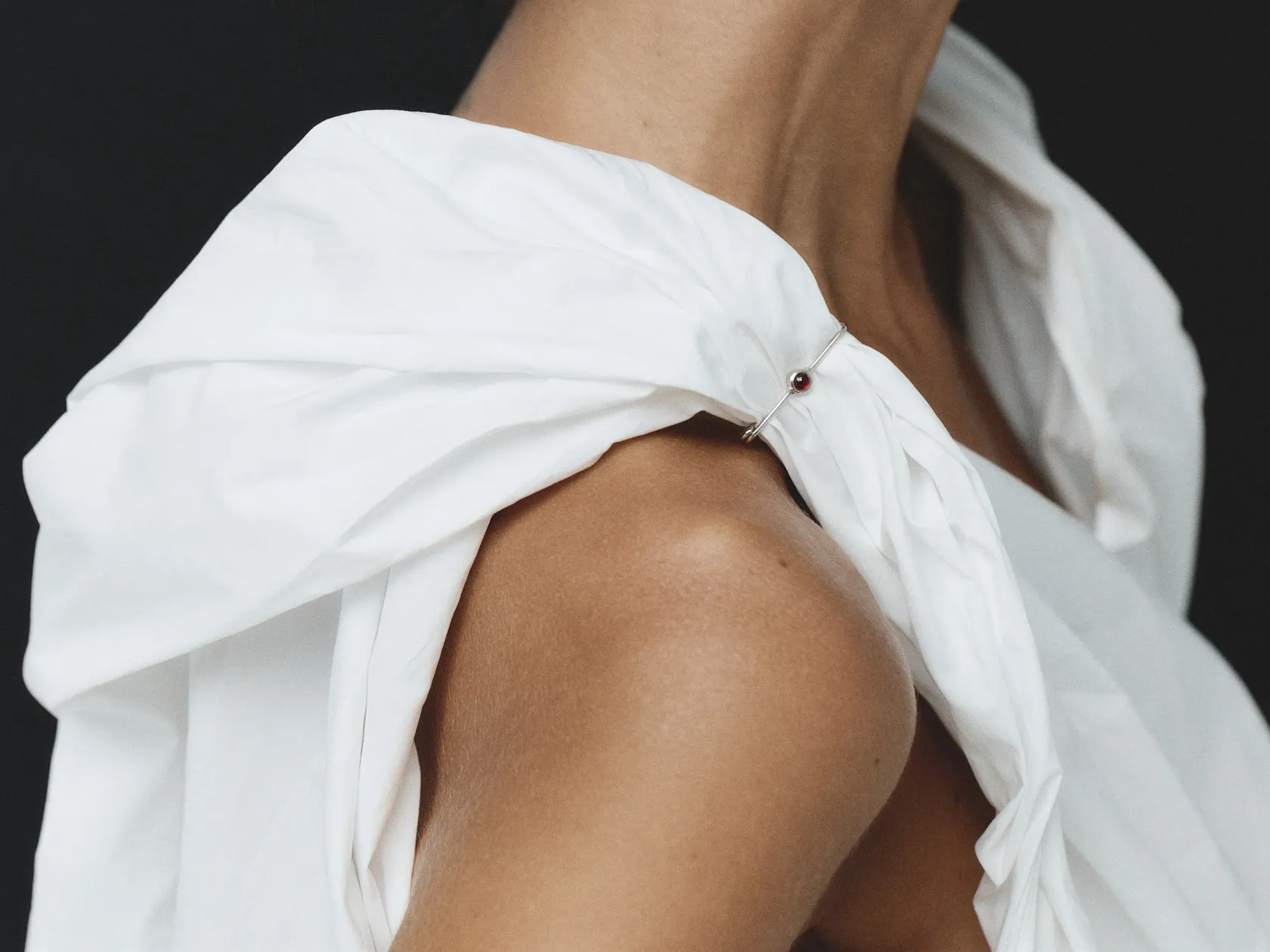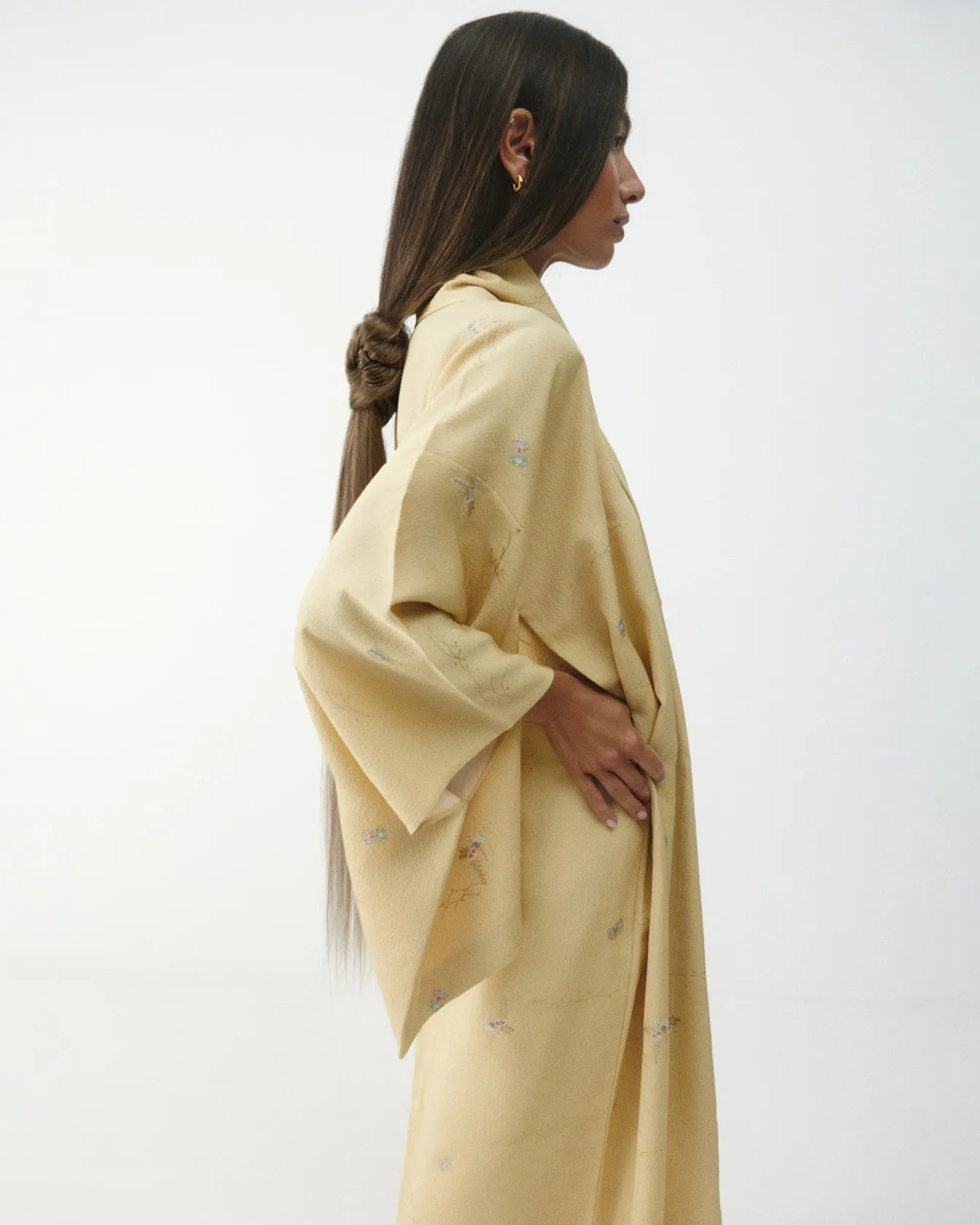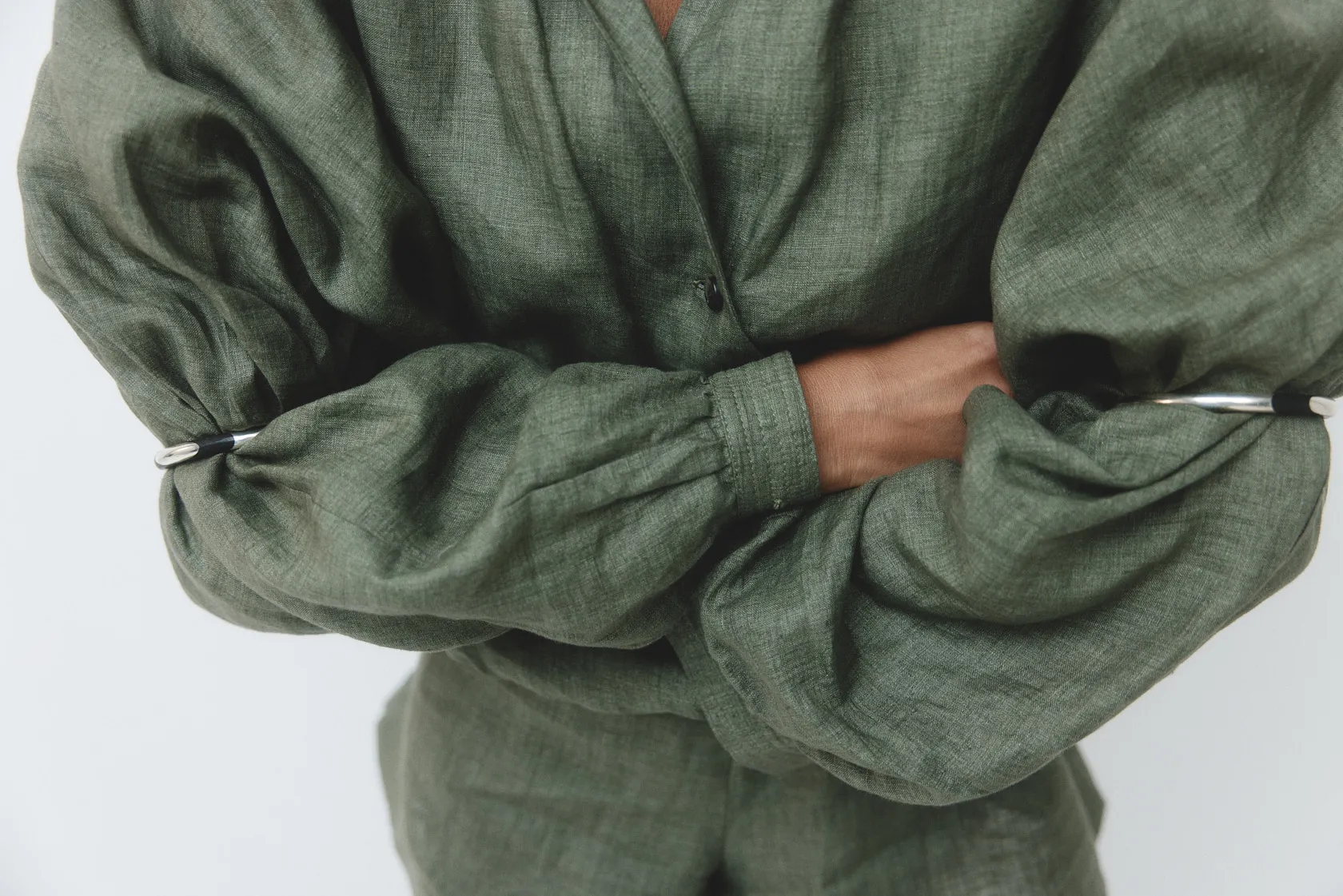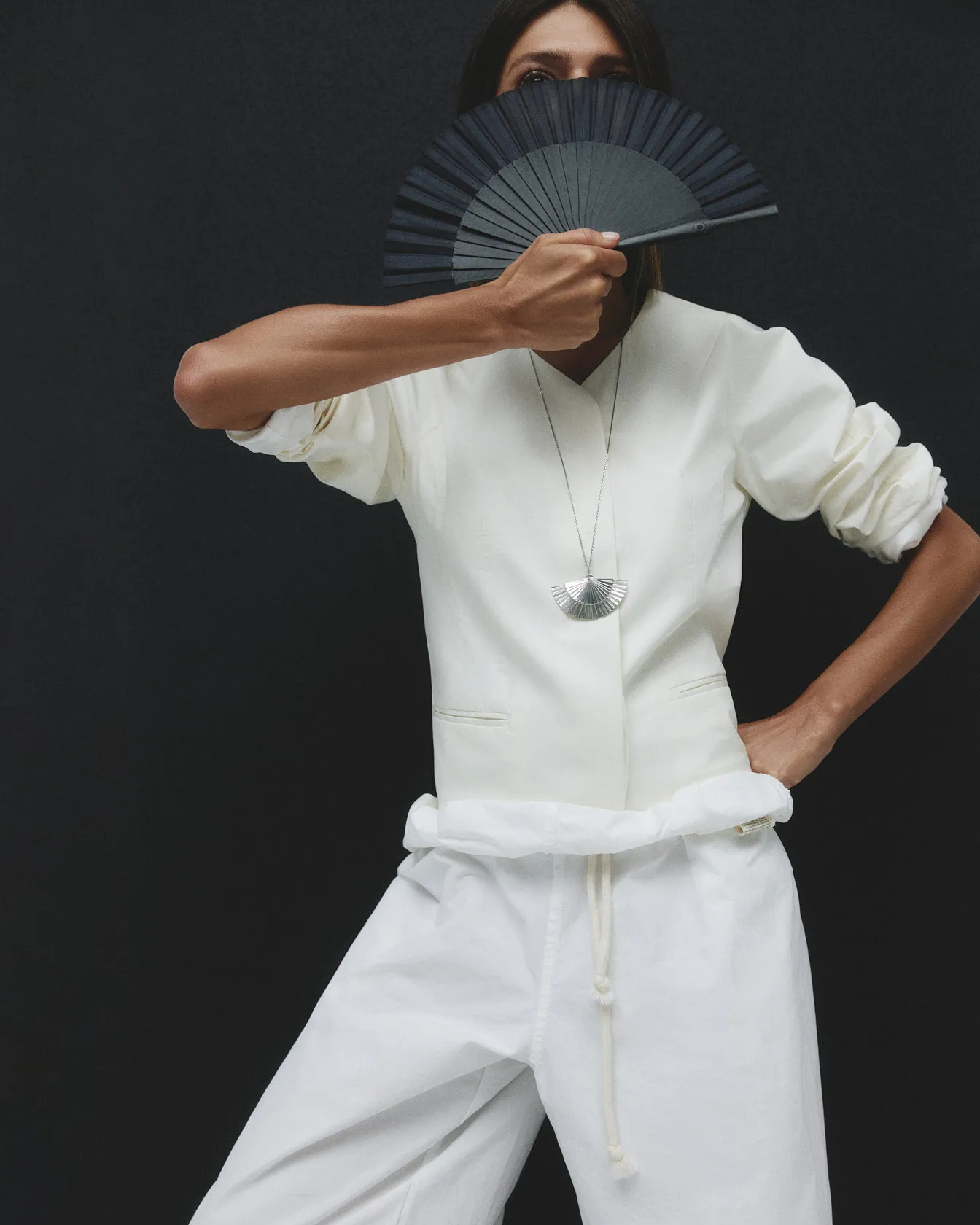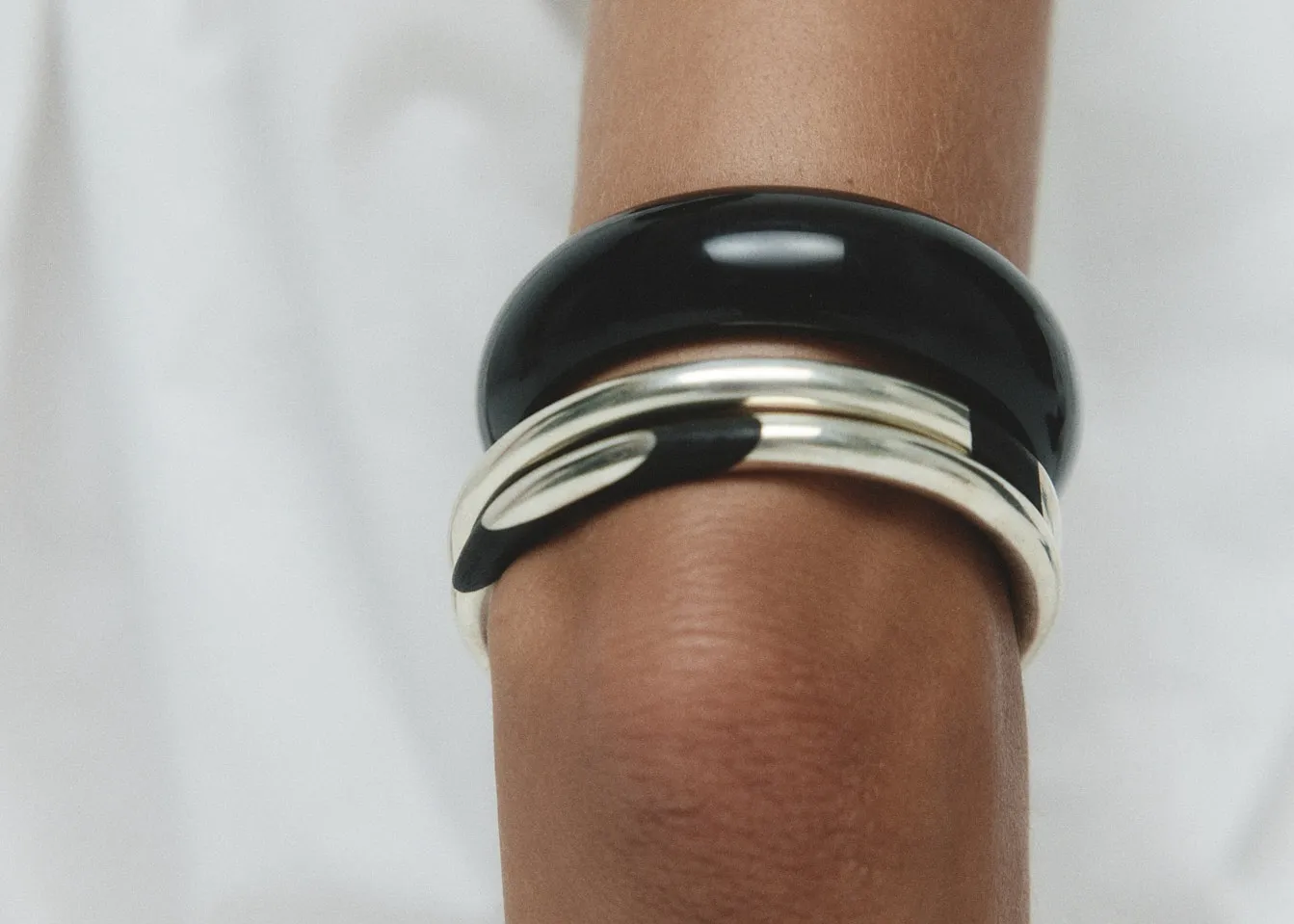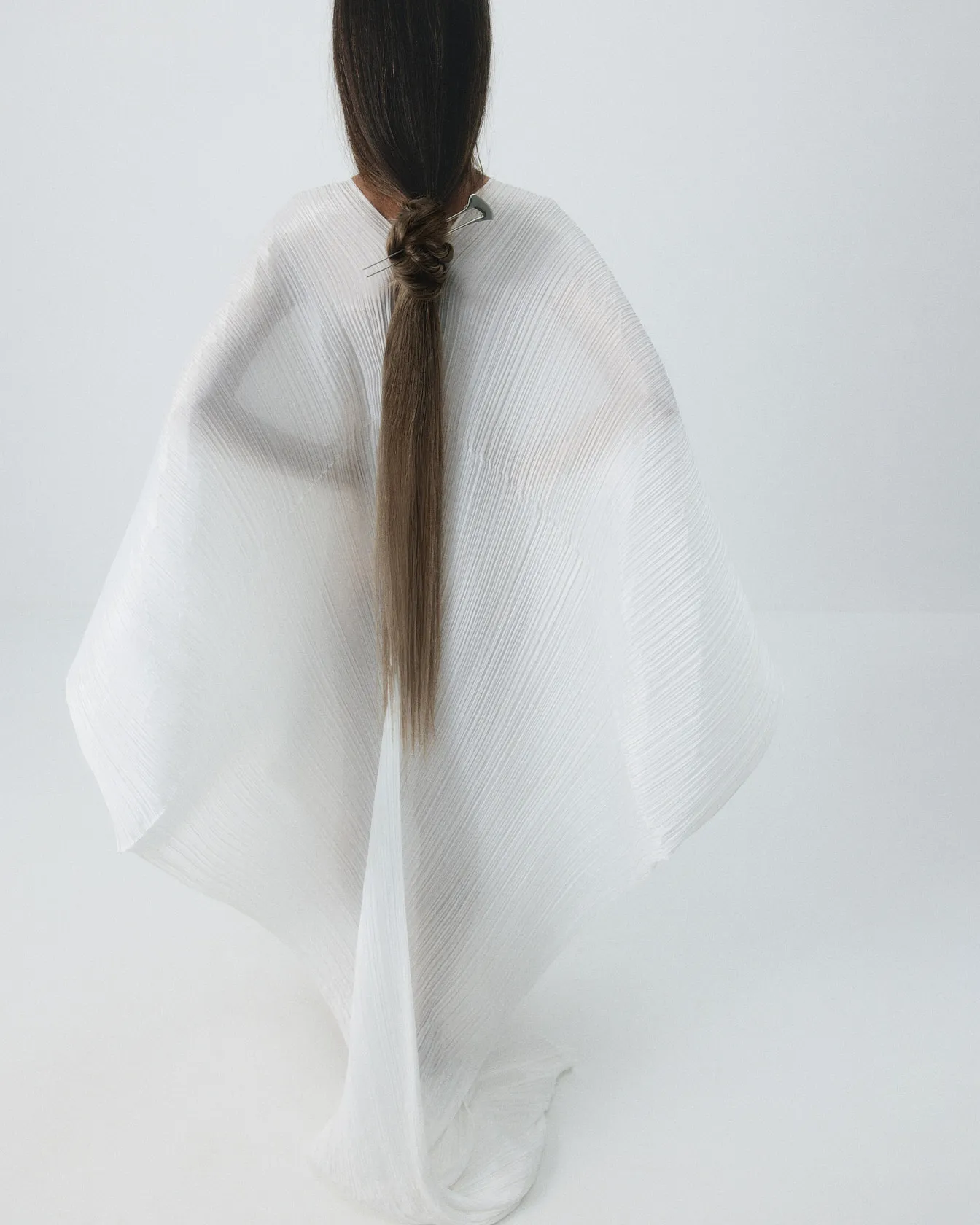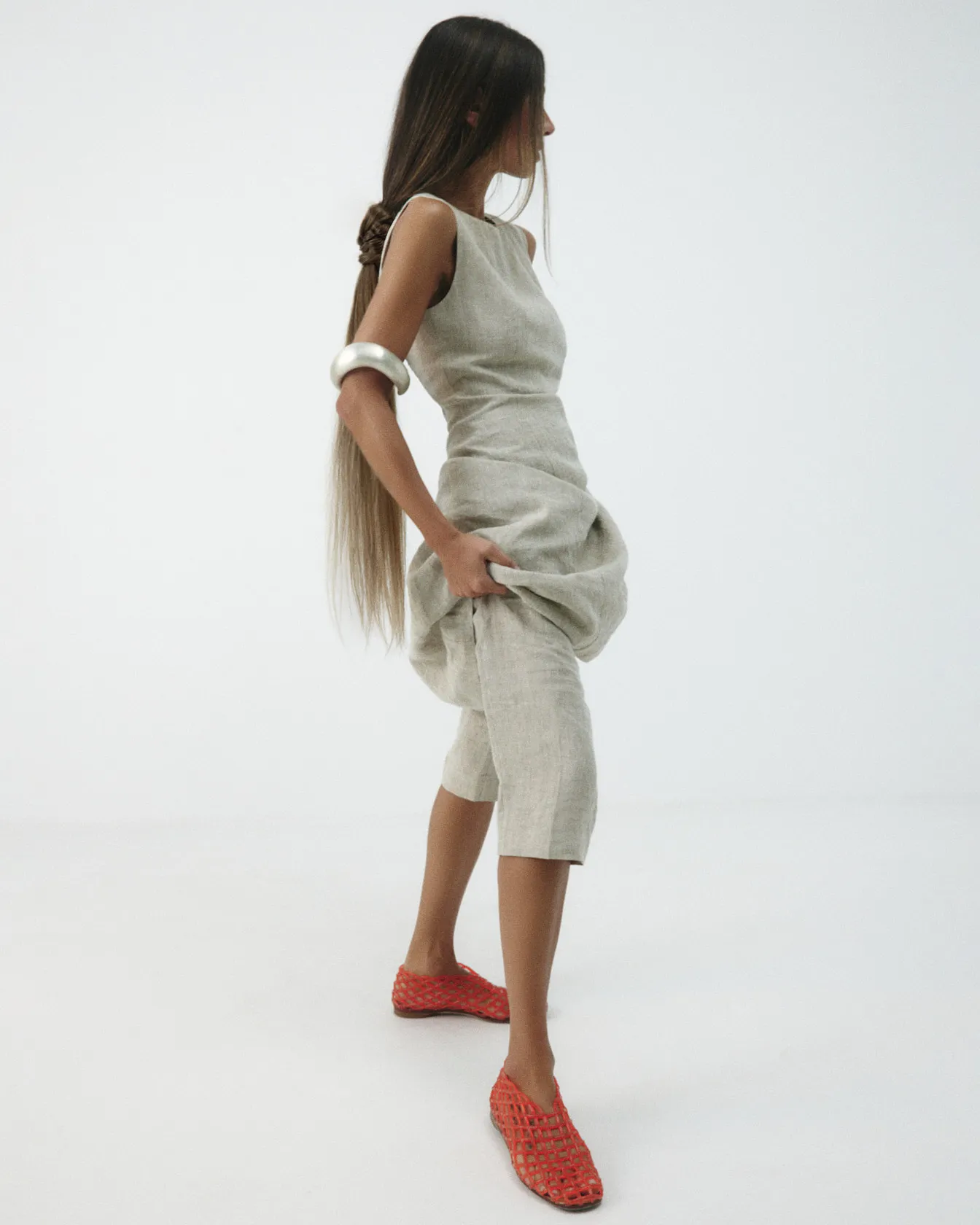DESIGN
Beyond the Ordinary: Elisa Kalinina’s Vision for LHASA Jewelry
Article
LHASA
Writer
Yana Karnaukhova
Elisa Kalinina’s passion for creativity has always been intertwined with a desire to bring new ideas to life. This drive led her to the world of jewelry, where she combined her love for design with her family’s rich tradition of craftsmanship. The first piece she created the bracelet, was more than just jewelry—it was a talisman that captured the essence of her brand, LHASA.
Today, Elisa draws inspiration from her time in Asia, continuously pushing the boundaries of what’s possible in jewelry design.
Yana Karnaukhova: Elisa, share with us the story and inspiration for creating a brand, who or what was the main source of inspiration for you?
Elisa Kalinina: The main source of inspiration was inner development and the desire to create. All my life I have been connected with creativity in one way or another, in parallel there was an interest in making money, and I just constantly wanted to do, come up with different things that I can’t find anywhere. Talismans are not the most popular thing in the jewelry industry, so suddenly the idea was born to try to make jewelry yourself. I wanted to combine creativity and jewelry, so it was very important for me to use color: hot enamel and gold. There are jewelers in my family, so I turned to my aunt to make a bracelet together. In the future, this will be one of our best-selling bracelets.
“A lot of viewing, constant trips and life in Asia are reflected in our collections.”
YK: The name ‘Lhasa’ evokes the mystique of a city that is both sacred and inaccessible. How does this symbolism align with the philosophy and identity of your brand?
EK: Originally, the brand was named Tummo, meaning “inner fire,” a reflection, perhaps, of the passion that drove me. About six months later, as I was on my way to the train station in St. Petersburg, my mother called with unexpected advice. She was with a Tibetan teacher who strongly suggested that the brand needed a new name and a round logo.
Although I was 22 and typically inclined to challenge such suggestions, I simply replied “a little bit later” to my mom. But almost immediately, the name “Lhasa” came to mind—a city of white and red stone, deeply sacred, embodying the resilience of the Tibetan people and their unwavering faith. The symbolism resonated with me, and soon after, I designed the round logo myself. Over the years, we refined it slightly, marking the beginning of this journey.
YK: Your brand is distinguished by the integration of traditional nuances from around the world with a timeless perspective. How do you select and harmonize these cultural elements to create a cohesive and unique design narrative?
EK: It’s very intuitive, I probably look a lot and apply everything to myself, I create exclusively what I wear myself, and what I can’t find in other brands. Plus, the meaning of everything is incredibly important to me. I’m not interested in creating meaningless things, so I try to put as much of myself into all our work with the team. I am involved in all processes, from working with the client to delivering, and I believe that this is how it should be when it is mine and not for my entertainment.
A lot of viewing, constant trips and life in Asia are reflected in our collections. Plus, I constantly invite people to cooperate with us who inspire me, from whom I learn : my main aesthete, a wonderful woman, wise, smart, with incredible taste and perfectionism – Mari Mikhailova. She helped the brand grow and get back on its feet in just a year.
YK: Lhasa collections emphasize the power of simple shapes that embody restraint. How do you infuse this simplicity with profound meaning and emotional depth in each of your creations?
EK: “Beauty is truth, truth beauty—that is all ye know on earth, and all ye need to know.” These words belong to John Keats, one of the most delicate and profound English lyric poets of the 19th century. Keats also introduced the concept of “essential beauty”—the idea that beauty lies at the heart of all things.
Keats found aesthetics in the most ordinary, and sometimes even unremarkable, aspects of life, believing that their true essence resided there. In contrast, we often reserve the term “beautiful” for what is extraordinary, unique, or flawless, thereby relegating all other aspects of life to the status of “imperfect” and thus unworthy of attention.
But does the charm of a wildflower meadow pale in comparison to the pure white blooms of a David Austin rose? Is there any less beauty in the noble patina of age than in shiny, polished surfaces? Can we truly call Savrasov’s iconic painting “The Rooks Have Come Back” unattractive simply because of its ordinary landscape?
John Keats was convinced that recognizing “essential beauty” is a gift reserved for those with a deep and creative imagination. Yet we believe that creative imagination is not some unique, innate quality—it is something that can and should be cultivated.
Japan has taught me to see beauty in simplicity.
“Yet we believe that creative imagination is not some unique, innate quality — it is something that can and should be cultivated.”
YK: Exclusivity and individuality are central to Lhasa’s ethos. Could you elaborate on how these values influence your design process and the way you envision each piece?
EK: Again, in Asia, I learn something every day, I get inspired by something, and at the same time analyzing trends in the world, the quality that I want, I have a professional formation in this regard, it turns out to create things that do not exist. I just think that if you love what you create, do it like a child, and put all of yourself into it, then the result will definitely be soon. The brand means a lot to me and I am an extremely ambitious person, I want a lot, so the goals and plans are big.
YK: Elisa, tell us about the exceptional materials and impeccable details that Lhasa focuses on?
EK: I love silver, expensive, high-quality, gold, and the combination of wood and metal. I also have a deep admiration for pearls. My passion lies in creating pearl jewelry that enhances youthfulness rather than aging. For a long time, I associated a string of pearls with older women, but finding the perfect balance in size and shape has transformed that perception.
YK: You collaborate with renowned jewelers who are members of the Union of Artists. Could you discuss the significance of these collaborations and how they contribute to the artistry and uniqueness of your jewelry?
EK: There are very few brands in Russia that work and make high-quality hot enamel products, we have a whole collection and hand-painted products. One such product takes up to 5 days of work.
“I care about quality, not quantity.”
YK: In a world dominated by mass production, Lhasa stands as a testament to the beauty of artisanal craftsmanship. How do you maintain this dedication to handmade, limited-quantity pieces, and why is this approach so important to you?
EK: I care about quality, not quantity. And in general, I try to balance and keep good prices. We have a lot of complex models and this cannot be done in mass production.
YK: Looking to the future, what is your vision for Lhasa? Are there specific directions or innovations you are particularly excited about exploring in your upcoming collections?
EK: I would like to create more jewelry that is worn every day. Expensive pearl threads that are worn every day, and you really use it, pendants that you do not take off. And even a diamond track around your neck can be so elegant and natural that when you go into the shower you will not want to take it off, and the only reason for this will be the touch of a loved one who, before going to bed, will bare your neck with one movement of his hand.
